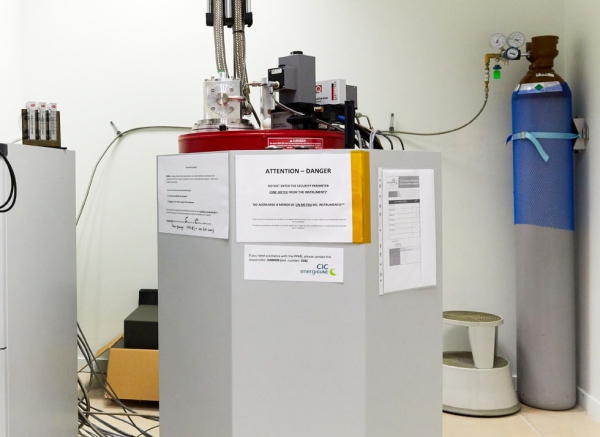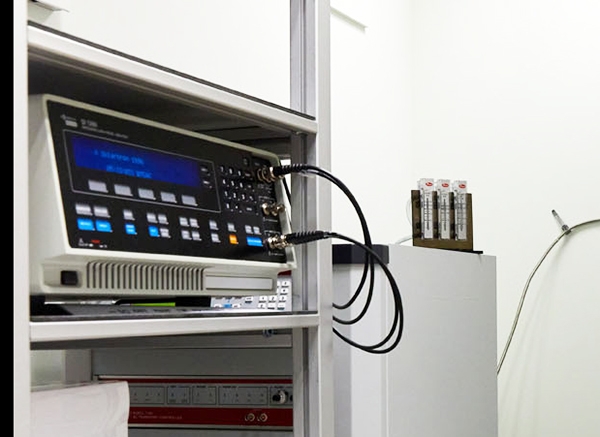
IVAN BOBRIKOV
PLATFORM MANAGER

PLATFORM MANAGER
The Physical Properties Measurement Unit is composed of a PPMS-Physical properties Measurement System from Quantum Design, A Solartron frequency analyzer with its dielectric interface and a Bio-logic SP-150 potentiostat equipped with EIS. This allows the measurement of a very broad range of materials physical properties, such as electronic, ionic and thermal conductivities, heat capacity, magnetization or thermoelectric power. The platform’s mission is to offer service to the various research teams of CIC energiGUNE, maintain its equipment at the state of the art and develop new analysis methods. The platform is also open for external users or collaborators, from both the academic and industrial sectors, and offers trainings to its internal as well as external users and collaborators.

The PPMS (Physical Properties Measurement System) from quantum design is aimed to a wide variety of physical and chemical-physical characterizations of bulks, powders and thin films, from cryogenic temperatures up to 126ºC and under magnetic field. The system is constituted of a sample environment platform, allowing a precise control of temperature (1.9-400K), magnetic field (up to 9T DC) and vacuum (up to 10-4 mbar). This platform can then be complemented by different options allowing the measure of: 4 probe electronic conductivity (DC and AC), non-linear electronic conductivity (I-V), Hall effect, thermal conductivity, thermoelectric effect, thermoelectric figure of merit ZT, specific heat, DC magnetization and AC magnetic susceptibility (down to 2.10-8 emu). Coupled with the Solartron frequency analyzer or the Bio-logic potentiostat SP-150, the PPMS allows to perform electrochemical impedance spectroscopy measurements with a very precise temperature control as a function of the state of charge, allowing for a precise determination of diffusion and charge transfer activation energies.

The 1260 is one of the most powerful accurate and flexible FRA available today for electrochemical impedance spectroscopy (EIS), with a frequency range spanning from 10uHz to 32MHz with 0.015ppm resolution and an impedance and phase accuracy of 0.1% and 0.1º, respectively. It allows studying systems presenting impedances up to 100MΩ using 2, 3 or 4 terminal configurations. Combined with the 1296 dielectric interface, the impedance range can be extended to 100TΩ (1014Ω) with frequency up to 10 MHz. The Solartron 1260 can be coupled to either the PPMS or a climate chamber to allow temperature dependent EIS measurements.

Our mobile SP-150 potentiostat from Bio-logic is equipped with an EIS channel, allowing impedance spectroscopy analysis of the dynamics of electrochemical processes, with a simultaneous control of the state of charge, either galvanostatic (constant current) or potentiostatic (constant voltage). It allows advanced electrochemical measurements such as PITT or GITT titration techniques which, coupled with EIS, allows determining the kinetic constants of electrochemical processes as a function of state of charge, such as ionic diffusion and charge transfer. The SP-150 can be coupled to either the PPMS or a climate chamber to allow temperature dependent EIS measurements all along the charge and discharge of an electrochemical cell.

If you want to know the latest trends in energy storage and new developments in research, subscribe.

If you want to join a top-level team, collaborate with specialists in multiple disciplines or tell us about your concerns, don't think twice...